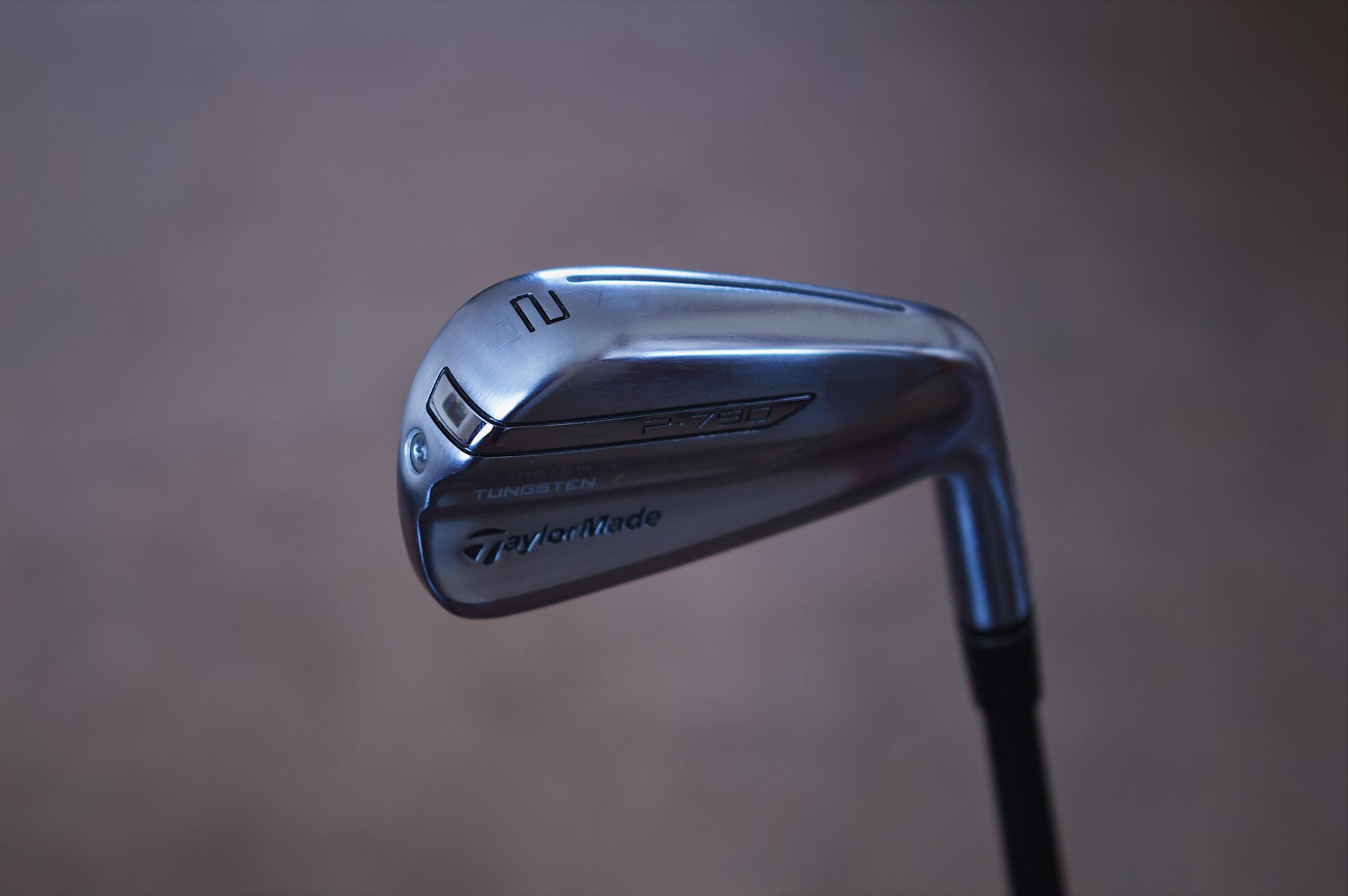
To learn how I can help improve your score from tee to green. at https://www.augustacustomclubs.com/contact.
First off, nothing that man has ever built is perfect; end of story. When I was in the Navy, I worked for a while for an organization responsible for the Navy’s nuclear propulsion system's safe design and operation. We had a model showing an acceptable crack in the reactor vessel for one of our submarines. This vessel holds all of the fuel assemblies for the reactor, so it was pretty important.
The crack was huge. If we could have made it smaller, we would have, but we couldn’t at that time.
So now, if those vessels had defects, isn’t it safe to assume that golf clubs have defects too. The answer is yes. So let's talk about the shaft.
I am sure by now you have seen or heard the commercials about a patented process that will give you 24 yards off the tee and improve your dispersion. They claim that this process will help orient the shaft in the head in such a way to minimize those defects. But how much of that is hype and how much is reality.
First off, I can show you in thirty seconds that shafts have defects and that no shaft is perfectly round or straight. It would be nice if they were, but they are not. Not even the highest quality shafts. The defects come in several forms; there are problems with straightness, residual bends in the shafts, residual stresses in the shafts, and even microscopic defects in the shaft's microstructure.
So does their process really tell the club fitter the best orientation of the golf shaft? The answer is kind of… Well, here is the rest of the story. There is actual data that shows that a shaft that has undergone this process outperforms other shafts. But does it do the best job, and why don’t all clubfitters use this process?
Does this process do the best job? All golf clubs are cut to size. Some are trimmed at the butt, some at the tip, and some both. In most cases, the process identified in the commercial is done on shafts that have not yet been cut. On most shafts, once you cut them, the orientation that you are trying to achieve changes. This is because the cut portion of the shaft and its defects has been eliminated. The shaft seeks to find a new neutral position and a new neutral plane. So it would be better to do this process after the shaft is cut.
So that also answers the question about why meticulous club fitters do not use this process. They desire to make sure the cut club is oriented in the best position for you, the golfer. But what does the clubfitter do and isn’t the process patented?
The patented portion of the process is the machine that automates it and the computer program that controls the machine. This takes five minutes and reduces it to 30 seconds or so. Most professional clubfitters actually do the equivalent process on the cut shafts. It is called flat line oscillation, and you can watch a video of the process here. https://www.youtube.com/watch?v=cg1OqovmZzo